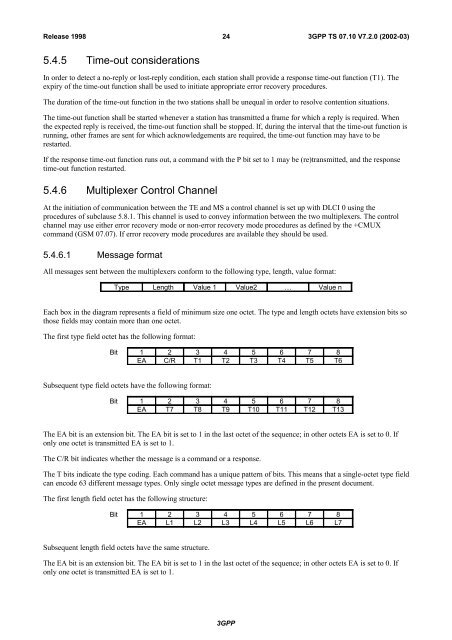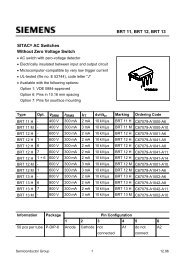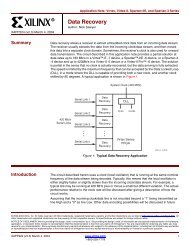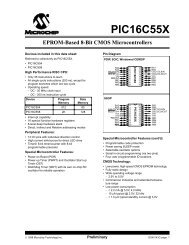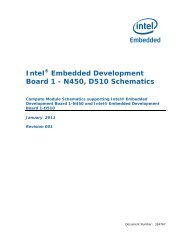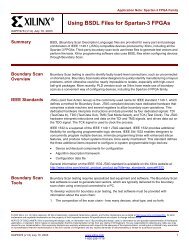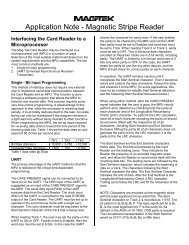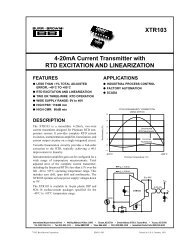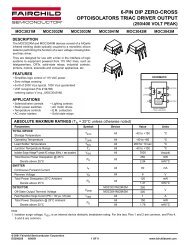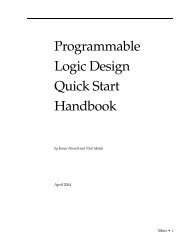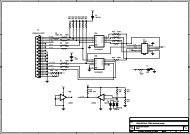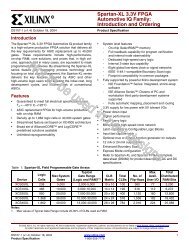3GPP TS
3GPP TS
3GPP TS
You also want an ePaper? Increase the reach of your titles
YUMPU automatically turns print PDFs into web optimized ePapers that Google loves.
Release 199824<strong>3GPP</strong> <strong>TS</strong> 07.10 V7.2.0 (2002-03)5.4.5 Time-out considerationsIn order to detect a no-reply or lost-reply condition, each station shall provide a response time-out function (T1). Theexpiry of the time-out function shall be used to initiate appropriate error recovery procedures.The duration of the time-out function in the two stations shall be unequal in order to resolve contention situations.The time-out function shall be started whenever a station has transmitted a frame for which a reply is required. Whenthe expected reply is received, the time-out function shall be stopped. If, during the interval that the time-out function isrunning, other frames are sent for which acknowledgements are required, the time-out function may have to berestarted.If the response time-out function runs out, a command with the P bit set to 1 may be (re)transmitted, and the responsetime-out function restarted.5.4.6 Multiplexer Control ChannelAt the initiation of communication between the TE and MS a control channel is set up with DLCI 0 using theprocedures of subclause 5.8.1. This channel is used to convey information between the two multiplexers. The controlchannel may use either error recovery mode or non-error recovery mode procedures as defined by the +CMUXcommand (GSM 07.07). If error recovery mode procedures are available they should be used.5.4.6.1 Message formatAll messages sent between the multiplexers conform to the following type, length, value format:Type Length Value 1 Value2 … Value nEach box in the diagram represents a field of minimum size one octet. The type and length octets have extension bits sothose fields may contain more than one octet.The first type field octet has the following format:Bit 1 2 3 4 5 6 7 8EA C/R T1 T2 T3 T4 T5 T6Subsequent type field octets have the following format:Bit 1 2 3 4 5 6 7 8EA T7 T8 T9 T10 T11 T12 T13The EA bit is an extension bit. The EA bit is set to 1 in the last octet of the sequence; in other octets EA is set to 0. Ifonly one octet is transmitted EA is set to 1.The C/R bit indicates whether the message is a command or a response.The T bits indicate the type coding. Each command has a unique pattern of bits. This means that a single-octet type fieldcan encode 63 different message types. Only single octet message types are defined in the present document.The first length field octet has the following structure:Bit 1 2 3 4 5 6 7 8EA L1 L2 L3 L4 L5 L6 L7Subsequent length field octets have the same structure.The EA bit is an extension bit. The EA bit is set to 1 in the last octet of the sequence; in other octets EA is set to 0. Ifonly one octet is transmitted EA is set to 1.<strong>3GPP</strong>


